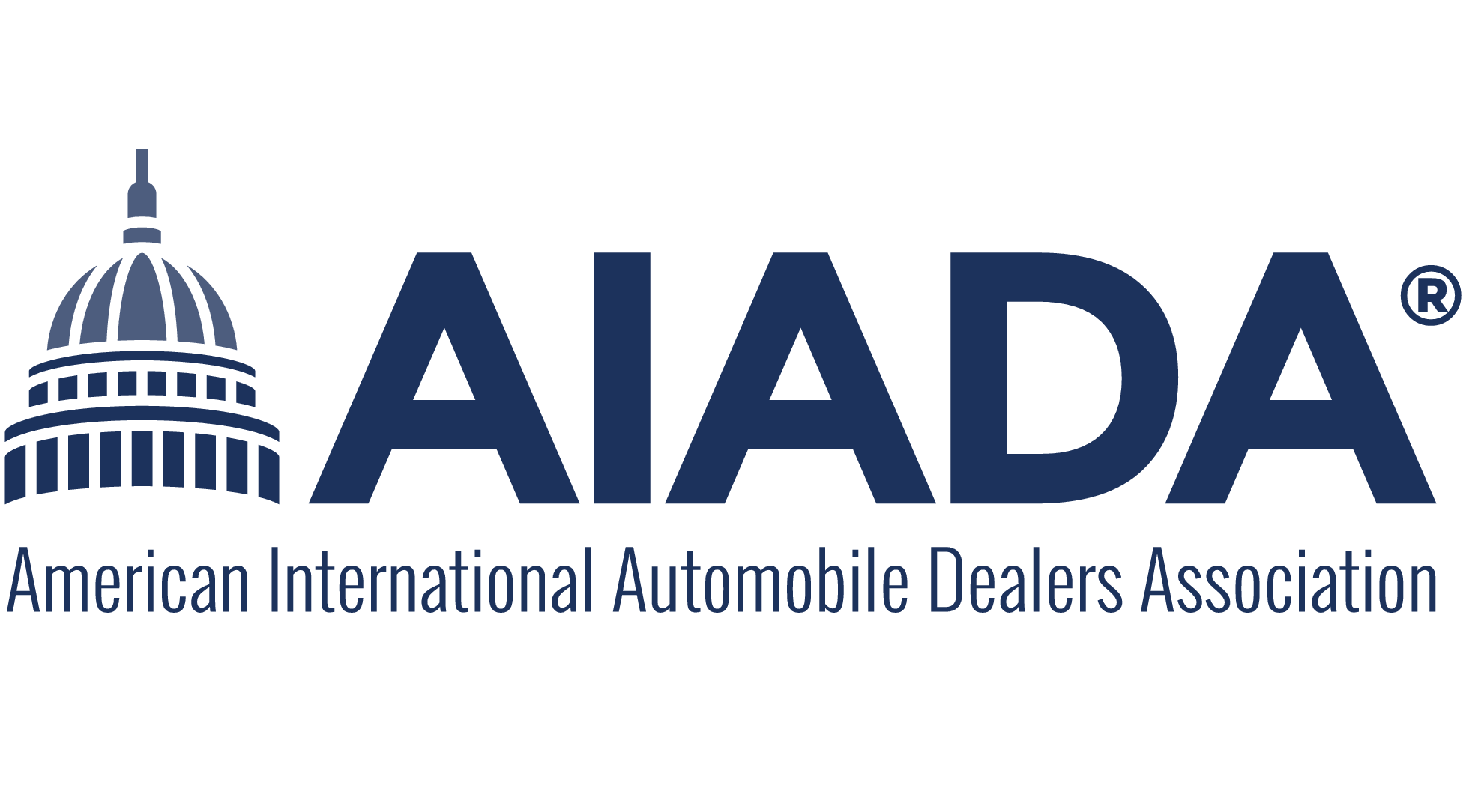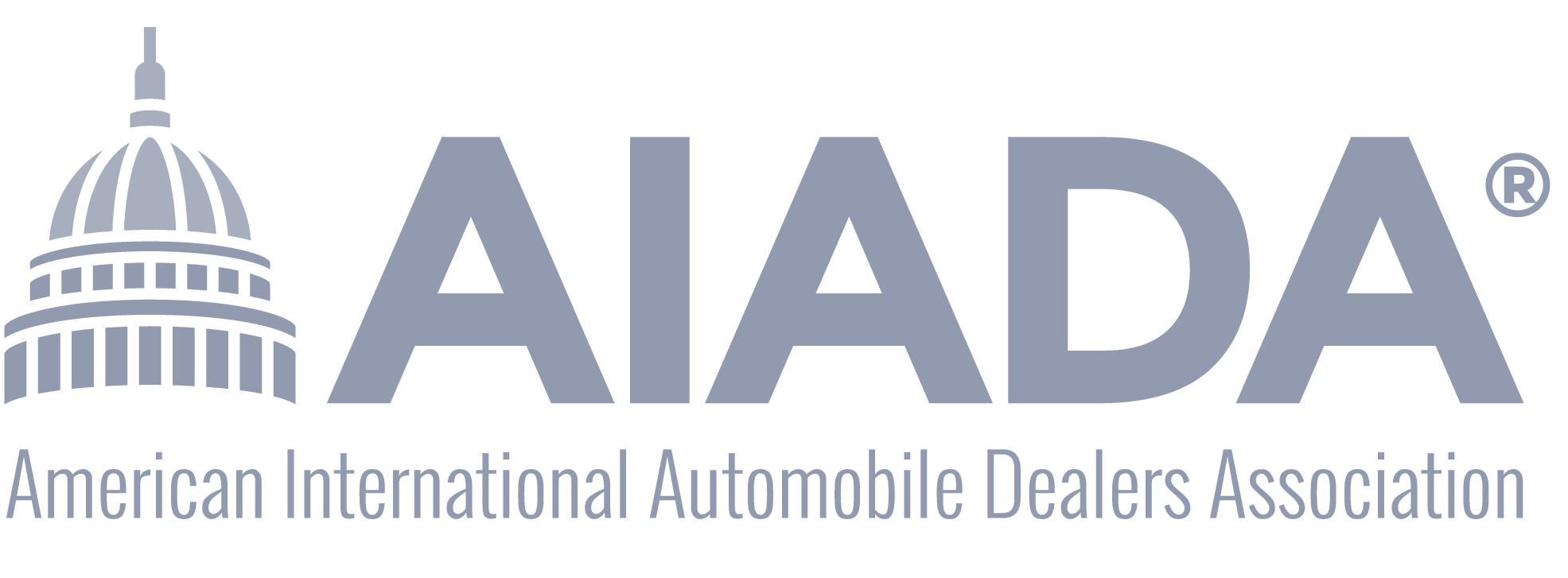EV Tax Credit
The Inflation Reduction Act was passed by both the Senate and the House of Representatives in August of 2022.
The legislation included a reformed version of the EV tax credit, the “clean vehicle” credit, offering up to a $7,500 incentive for the purchase of a clean vehicle with final assembly in North America, but added new qualifying criteria. Vehicles must not have an MSRP above $80,000 for trucks, vans and SUVs, or above $55,000 for sedans, and consumers must have adjusted gross income (AGI) below $300,000 (joint), $225,000 (head of household) and $150,000 (single).
Effective April 18, 2023, in order to qualify for the full credit, a vehicle’s battery must have a certain level of critical minerals extracted or processed in any country the US has a free trade agreement with OR recycled in North America, and a certain percentage of the battery’s components must be made or assembled in the U.S. With the implementation of the battery requirements, greatly reducing the number of vehicles qualifying for the full $7,500 credit.
Beginning January 1, 2024, the credit will be available at the point of sale.

